WHY DOES MY CAT HAVE DANDRUFF? HERE IS HOW TO GET RID OF IT
Why does my cat have dandruff? If you are surprised to see dandruff on your cat, unfortunately, know that cats can have it, although dander is often confused with dandruff. If that happens, it is essential to understand what should be done to help a cat get rid of it.
Your cat has dandruff because of a poor diet that lacks fatty acids, lack of water intake, problems in proper grooming, health issues such as allergies, parasites or diabetes, and low humidity. Dry skin caused by these conditions is generally responsible for cat dandruff.
It is essential to be familiar with cat dandruff and know the difference between dandruff, dander, and flea eggs. But most importantly, how to get rid of it.
Let’s start!
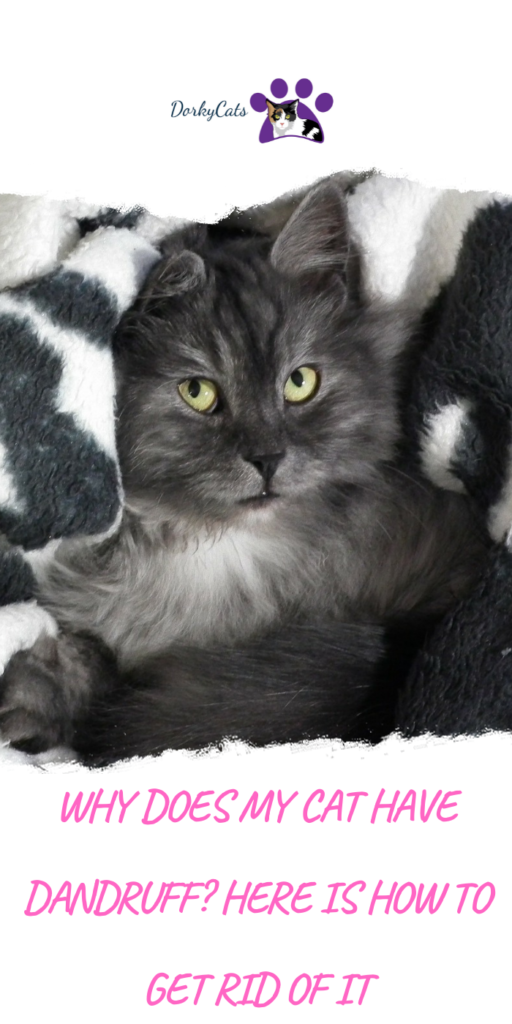
WHAT IS DANDRUFF IN CATS?
Cat dandruff in cats is similar to human dandruff. Generally, cat dandruff is a term used to indicate flakes on the skin. You will see that your cat has white specks in its fur. You can see it while brushing your cat or, if it is a lot, you can even see it on your cat’s bed or yourself after you picked him up.
Here is what dandruff looks like in cats:
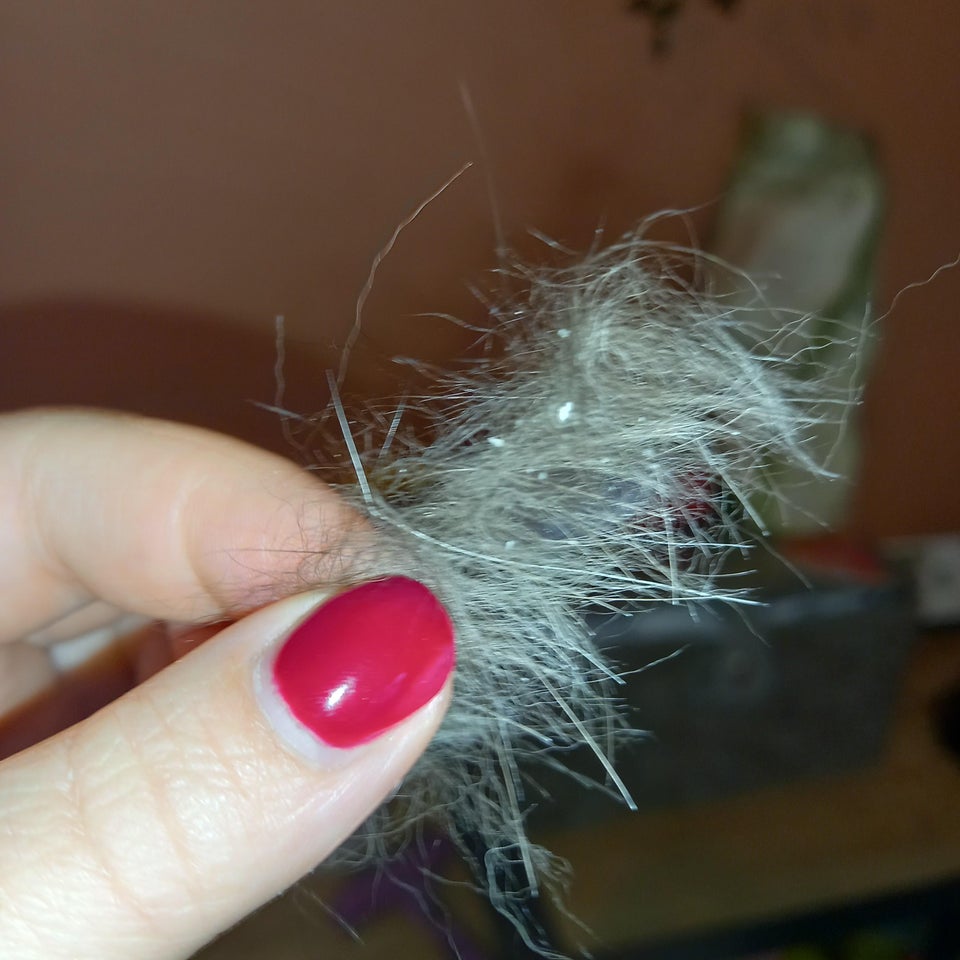 Cat Dandruff
Cat Dandruff Cat Dandruff
Cat Dandruff
WHY DOES MY CAT HAVE DANDRUFF? HERE ARE THE MAIN CAUSES
Every cat has sebaceous glands in the skin that produce oil. When those glands are overproducing, cats begin to have dandruff. Sebaceous glands ensure that the skin is protected through oil production in normal conditions.
But if they produce too much oil, cats’ skin becomes irritated and will create many flakes. The cause of dandruff in cats are many. It can be caused by a poor diet or by environmental factors.
Here is what is causing dandruff in cats:
- Dry skin
- Diet lacking fats and fatty acids
- Low humidity
- Obesity in cats
- Arthritis
- Old Age
- Sunburn
- Ringworms
- Pollutants
- Over Bathing
- Fungal Infection
- General lack of grooming
- Lack of water (dehydration)
- Mites, fleas and other parasites
- Serious illnesses like cancer, etc.
- Allergies
- Feline diabetes
- Hormones issues ( hyperthyroidism, etc.)‘
Cats that are hindered from grooming themselves properly because they are overweight, old, or have physical problems, are more likely to suffer from dandruff.
WHAT ARE THE SYMPTOMS OF CAT DANDRUFF?
The visible sign of dandruff on your cat is the white specks or flakes on the fur or other surfaces, and it is very similar to human dandruff. But, there are other symptoms of dandruff that a cat can manifest:
- Your cat is itching a lot
- Hair loss
- Your cat is excessively grooming himself
- Redness of the skin
- General hair loss or bold patches
- Dry or inflamed skin
- Greasy fur
It is always better to consult a veterinarian to determine a proper course of action to get rid of dandruff and ensure there aren’t severe diseases at the bottom of it.
CAT DANDRUFF VS. CAT DANDER – WHAT IS THE DIFFERENCE?
Dander in cats is the ordinary shed of skin cells. It occurs naturally, and there is nothing to worry about. In other words, dander is a dead skin cell routinely shed by a cat.
Typically dander is microscopic, or if visible, it looks like a very small flake, while dandruff specks are way more visible. Therefore, there are higher chances for white flakes on your cat fur to be dandruff than dander.
Here is what dander looks like in cats:
CAT DANDRUFF VS. FLEA EGGS – WHAT IS THE DIFFERENCE?
While cat dandruff looks like white specks in various shapes and dimensions, flea eggs look whitish and oval-shaped if you are lucky enough to see them. They also tend to have the same size (tiny).
It is easier for you to see flea dirt instead, which signifies that your cat has fleas. Flea eggs are slippery and hard. Because of this, they tend to fall from your cat and land on other surfaces.
Dandruff, on the other side, stays on cats’ fur. Here is what flea eggs look like:
HOW TO GET RID OF DANDRUFF IN CATS
Since several factors can cause dandruff, you can try various handling and see which one is working best. Maybe you have to implement several remedies to get good results.
Here are some of the things you can do:
1. BRUSH YOUR CAT
Brushing your cat regularly, even every day if necessary, can be one of the first remedies. However, your cat may not manage to groom himself properly and remove excess oil or dirt on the fur or skin.
This is a costless and effective remedy.
2. GET A AIR HUMIDIFIER
If it is too hot or the hair is too dry, your cat’s skin will start producing additional oil, which can irritate your cat and cause dandruff. A hair humidifier can help resolve this problem. It can keep the correct moisture level in the air and prevent itching in your cat ( and humans!).
Here are some hair humidifiers you can use:










3. TOPICAL TREATMENT OR DANDRUFF SHAMPOO
It is possible to get shampoo and other topical treatments precisely formulated to increase skin moisture and eliminate dandruff. Such shampoo can help relieve itching, remove dandruff and even prevent it from coming back.
If your cat has a severe problem with dandruff, you should try bathing him once a month until it gets better.
Here are some ideas of shampoo you can use:








4. IMPROVE YOUR CAT DIET
The diet is maybe the most crucial factor. Your cat needs to get enough fatty acids (omega 3 and 6) to support good skin health. In addition, you could consider using fish oil and adding vitamins ( specifically vitamin A to support skin health) and supplements to the diet.
In addition, the food should be of good quality. Some cat foods are full of preservatives and additives, creating allergies and health problems. Make sure your cat eats enough protein and quality food. It is also essential to add wet food to the diet.
Since cats do not drink a lot, wet food can help hydrate your cat better, which will support skin health, and health in general. If your cat needs to lose weight, consider a diet with high protein, such as wet food or raw food.
Remember that fat cats can’t reach all the body areas when they groom themselves. Excercise and diminishing food quantity can also help your cat to lose weight. Ask the vet for the correct amounts of food you should give your cat.
5. HELP YOUR CAT DRINK MORE
Typically, cats are not famous for being drinkers. However, you can encourage your cat to drink by getting a water fountain. Cats are attracted by moving water, and because of their curiosity, they might consume more.
Consider buying premade natural soups for cats or make them yourself, for example, chicken soup or homemade gravy.
Here are some ideas of water fountains:










6. VISIT THE VET TO RULE OUT SERIOUS MEDICAL ISSUES
It is also essential to determine if your cat is healthy and has no severe problems. For example, the vet can tell you if diabetes or other severe conditions are present or not.
If severe conditions are ruled out, your vet can suggest handling dandruff with topical products or with a change in your cat’s diet. In addition, the vet can also give remedies for worms or fleas infestation.
7. DEWORMING AND FLEAS REMEDIES
Cats with fleas and ringworms can develop dandruff, and the vet can give you good remedies. Deworming is easy and relatively fast. Unfortunately, ringworms are also more dangerous to your cat’s health.
Dandruff is a minor consequence compared to what ringworm can create. Nevertheless, it is worth verifying if a deworming remedy is needed.
8. AVOID LETTING YOUR CAT OUT IN THE HEAT
Hot temperature and sunlight in a very hot wheater can develop skin irritation resulting in dandruff. Let your cat out when the sone is not that strong, or use a topical cream or remedy in case of sunburn.
In general, a cat’s fur can protect a cat from too much sun, but it is not enough in some cases.
FREQUENTLY ASKED QUESTIONS
Should I worry about cat dandruff?
You should not worry about cat dandruff if it is not too much. You can brush and apply topical remedies or improve your cat’s diet. However, if the situation is extreme, it is necessary to see the vet and resolve it.
Why does my black cat have dandruff?
Your black cat has dandruff because his skin produces too much oil. It is a sign of dry skin. Also, other cats can have dandruff, but it is more visible in black cats.
Simple remedies can be increasing your cat’s hydration, improving the quality of food and fatty acids in the diet, combing, using shampoos against dandruff, and a hair humidifier.
Why does my cat have dandruff at the base of her tail?
Your cat has dandruff at the base of the tail because it is hard to reach area. Healthy cats will get there to groom themselves, but fat cats can’t easily reach their back and sick cats.
Why does my cat have dandruff all of a sudden?
Your cat can develop dandruff suddenly if he changes his diet or drinks less. Other factors can be a change in wheater ( humid to dry), an illness not visible like worms, not enough nutrients, fleas, mites, and more.
A cat can get infections suddenly and develop dandruff.

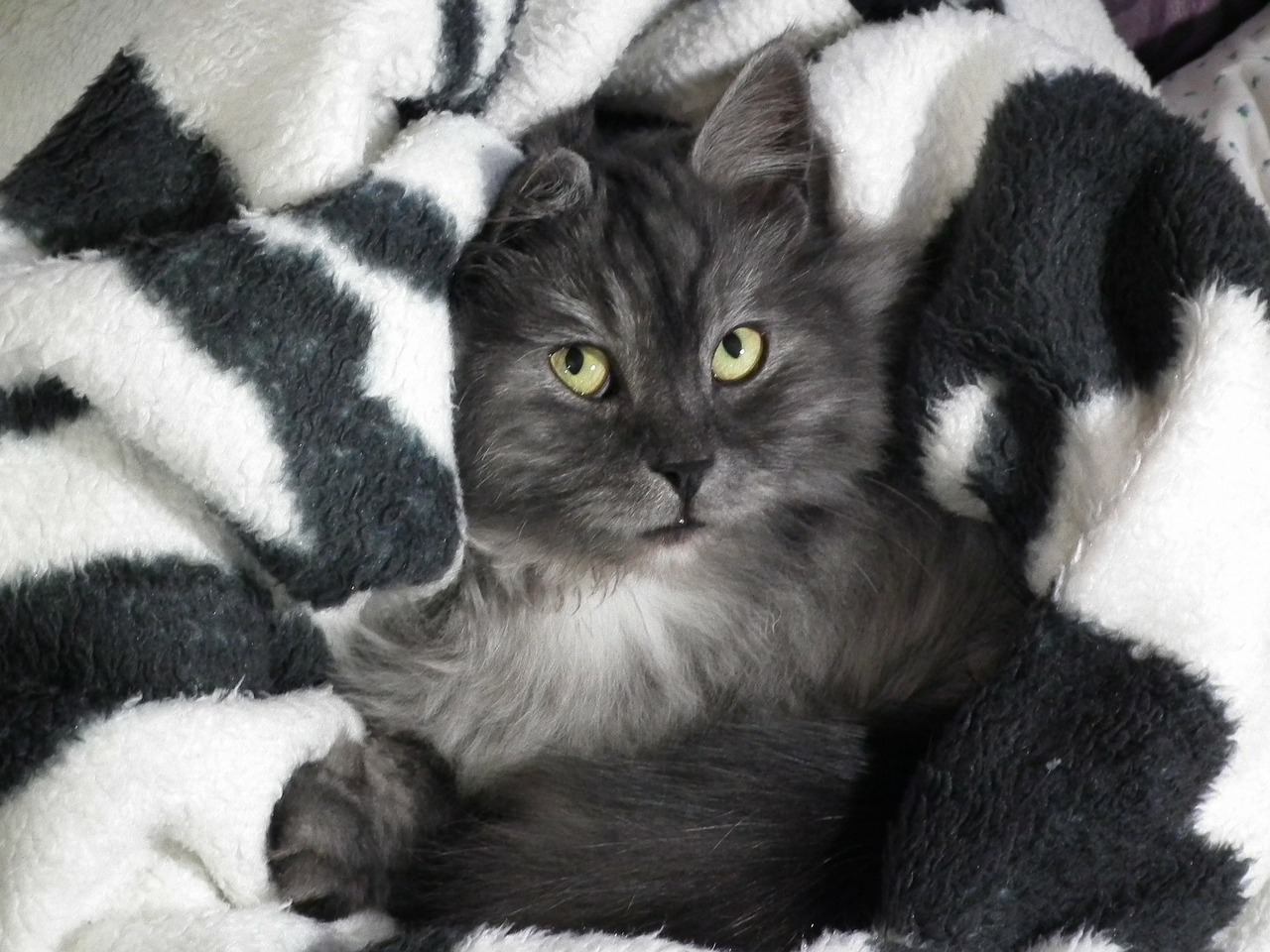

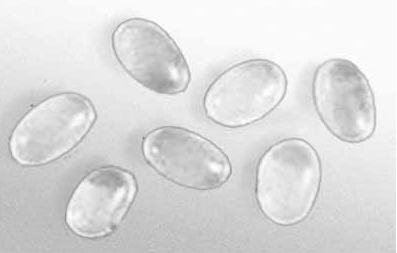
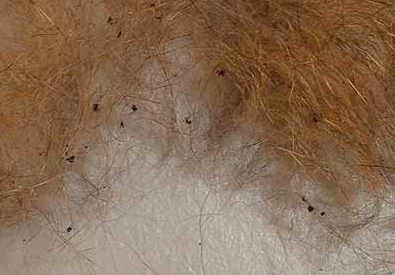
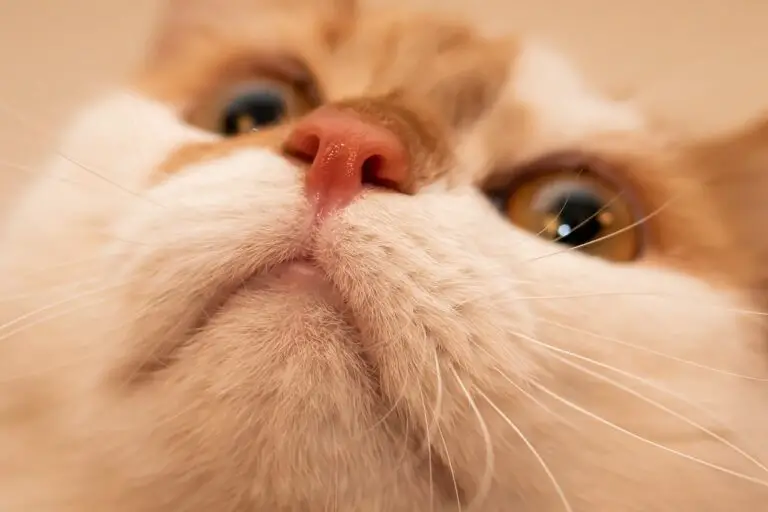
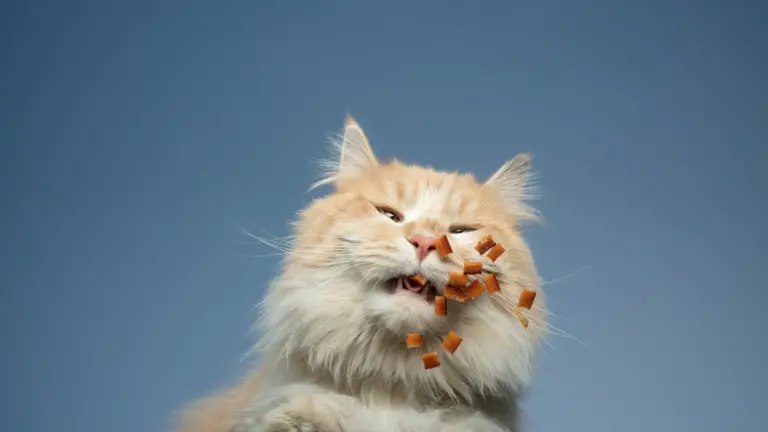

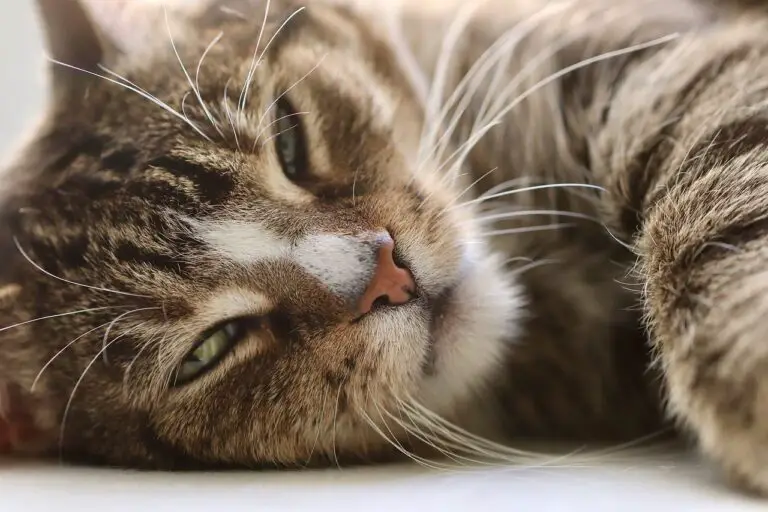
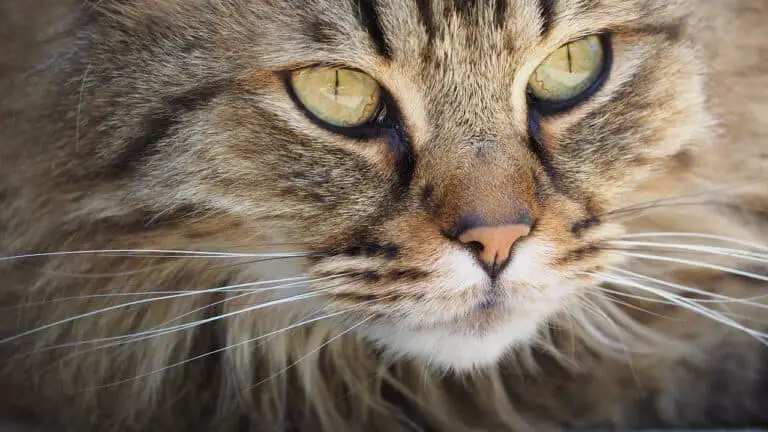
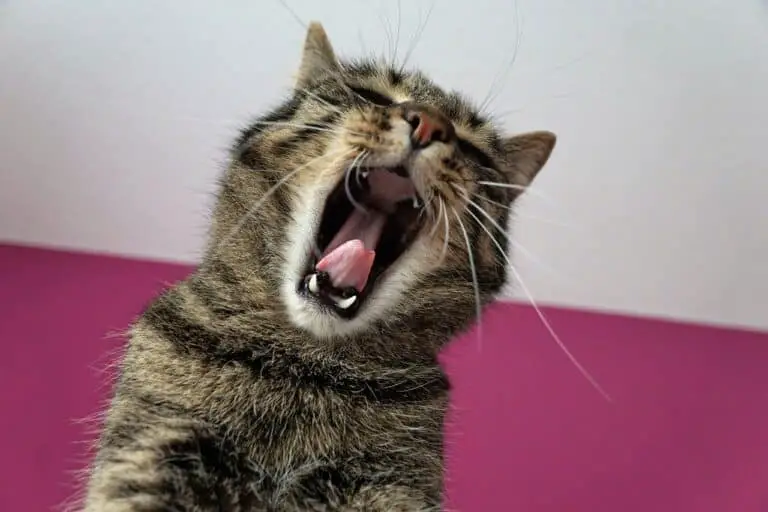

Very informative read! Though I have never owned a cat before but there are lots of common elements in case of cats and dogs when it comes to preventive measures.